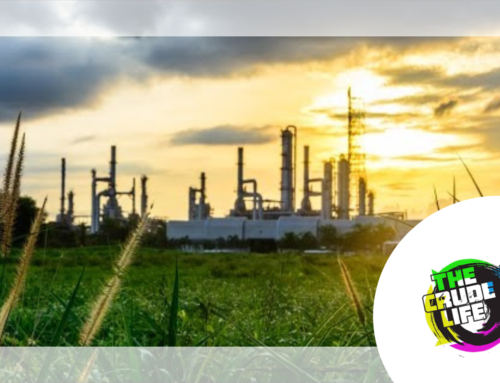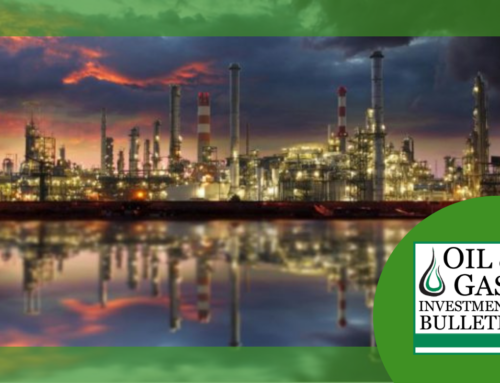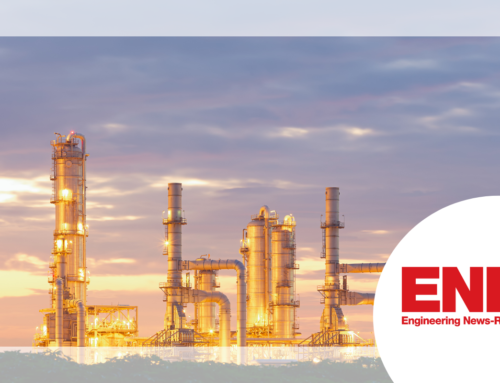by Matthew V. Veazey
Rigzone Staff
Meridian Energy Group, Inc., which is building a greenfield refinery in North Dakota to process Bakken crude, reported recently that it will build a similar facility in the Permian Basin. As Rigzone has reported, Meridian’s 49,500-barrel per day (bpd) Davis Refinery in Belfield, N.D., will qualify as a “Synthetic Minor Source” from an emissions perspective. Bearing that designation reflects the regional refinery’s measures to:
• remove benzene and sulfur from gasoline production
• curb releases of carbon monoxide, sulfur dioxide and nitrogen oxides from the flare stack
• monitor valves, gaskets and seals for volatile organic compound releases.
On Feb. 11 of this year, Meridian announced that it had struck a deal with a unit of Winkler Co. to build a 60,000-bpd full-conversion refinery in Winkler County, Texas, in the Permian’s Delaware Basin. The Permian refinery will be similar to the North Dakota facility and will also be permitted as a Synthetic Minor Source, Meridian added. The company asserts that the Davis Refinery, which it expects to begin commercial operations in 2021, will be the first full-conversion refinery to be designated in that manner.
In a recent conversation with Rigzone, Meridian CEO William Prentice offered additional insights on the North Dakota and Texas projects. Read on for his perspective.
Rigzone: What are some of the key similarities you see between the Bakken and Permian projects, and what lessons can you apply from the Bakken to the Permian?
William Prentice: The Meridian strategy focuses on full-conversion crude refineries that utilize local crude oil to serve local markets and which can be permitted for air quality purposes as a Synthetic Minor Source under state law (as opposed to falling into the Major Source category and requiring federal permits). That strategy, including process and emissions control designs, was developed into the Davis Refinery and will be applied to the Permian plant with differences that will primarily be associated with the different characteristics of the crude we will be using.
We are still in the very preliminary stages of design on the Permian plant but at this point believe that the throughput capacity of Permian will be just under 60,000 bpd. The site can accommodate up to three additional units of the same size if market conditions warrant.
Rigzone: What are some significant differences between the projects?
Prentice: The two areas of divergence are the crude being used and the regulatory requirements in the two states. The throughput at the Davis Refinery in North Dakota is limited because an additional permit would be required to increase capacity to greater than 50,000 bpd so Meridian will wait until it has been in operation for a substantial period of time before making that determination. There is no such limitation for the Permian project, so the design criteria will be to size the project to meet the air quality limitations of a Synthetic Minor Source. That, and the characteristics of the Permian crude we will use, will determine the material differences between the two facilities.
Note that the Davis Refinery was the first full-conversion refinery ever permitted as a Synthetic Minor Source for air quality purposes and will be the cleanest refinery on the planet when its is completed. We are going to see if we can do an even better job on emissions for the Permian facility.
Rigzone: What will be the key markets for the Permian refinery, and what infrastructure exists – and/or will be needed – to link the facility to feedstocks and get products to customers?
Prentice: The Permian facility will get its crude by pipeline. Initially, a substantial amount of products – if not all – will go out by truck and rail until the market seasons and justifies product pipeline commitments. Our crude supply and product offtake partners will be involved in those decisions and related asset/infrastructure developments as they take place.
Rigzone: What’s your time frame for the project?
Prentice: The Meridian Permian Refinery will likely take les than a year to permit and approximately two years to build and commission. Meridian conservatively estimates about three years from now to begin full commercial operations, although it could be less. The Meridian plant will not be in operation before the International Maritime Organization (IMO) 2020 deadline for clean fuel requirements, but its fuel oil product will be compliant with those specifications.
Rigzone: Another refinery has been announced in nearby Pecos County, Texas, by MMEX Resources Corp. Do you think the Permian can support two new refineries?
Prentice: We don’t know anything about the MMEX project, or their markets, but we welcome the competition – it will keep all of us on our toes. An enormous amount of oil is coming out of the Permian – the recently announced pipeline that will be located very close to our refinery will carry an amount of oil that is equal to one percent of total world production! All of that oil has to be refined somewhere – why not refine a small amount of it right there? Local pricing for refined products indicates that the local consumers need a reliable and cost-effective source of fuel right there in West Texas.
Read Full Interview Here (Rigzone.com)







Leave A Comment